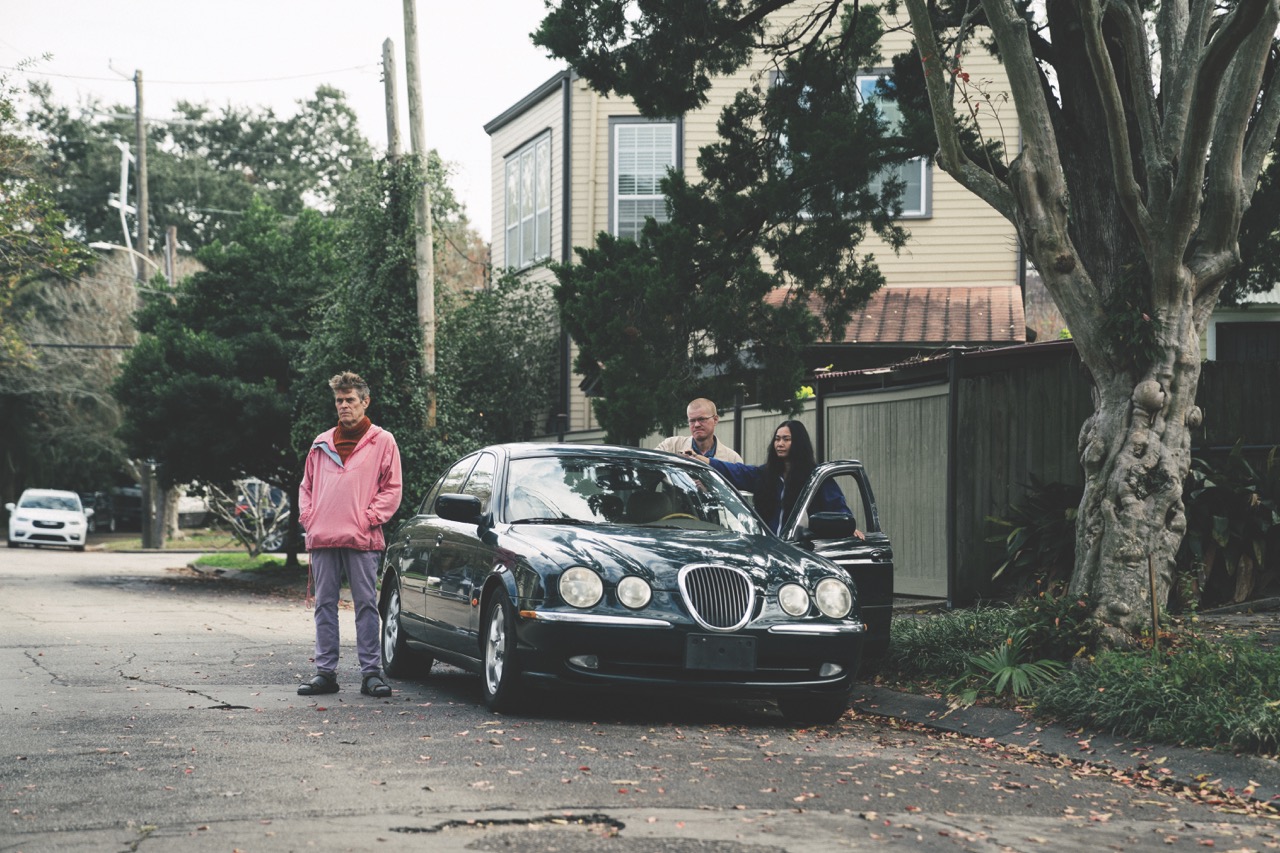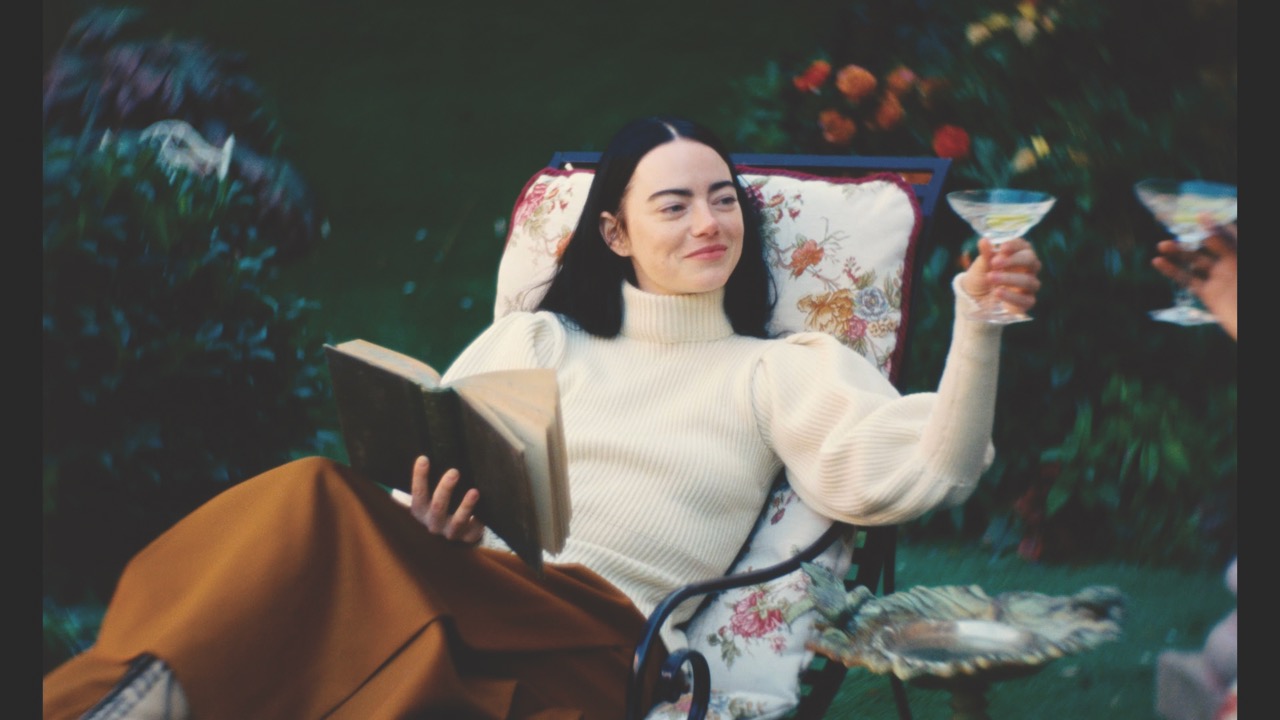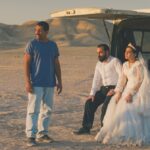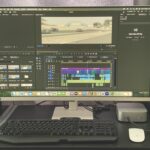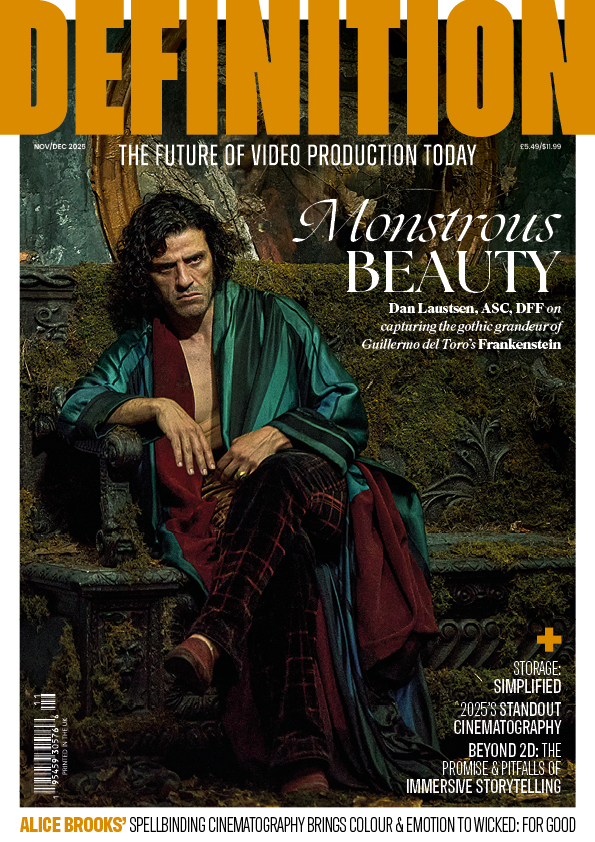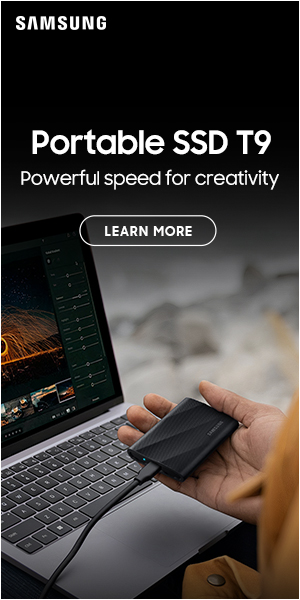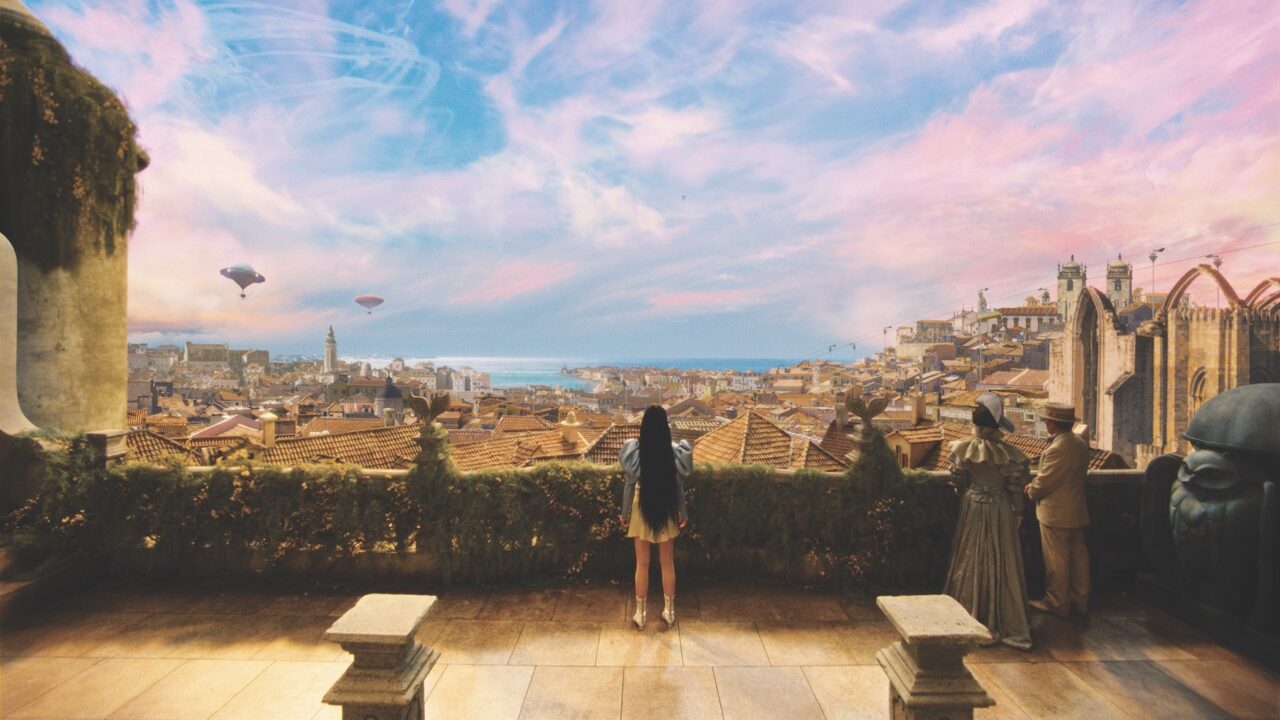
Colour special dynamic duos: Greg Fisher & Robbie Ryan
Posted on Aug 29, 2025 by Admin
Senior colourist Greg Fisher and DOP Robbie Ryan, BSC, ISC discuss working together – and for Yorgos Lanthimos
Interview Katie Kasperson | Images Atsushi Nishijima/Searchlight Pictures
Definition: How did you two first meet, and what projects have you since worked on together?
Greg Fisher: The first was Sally Potter’s film The Roads Not Taken.
Robbie Ryan: We shot that in 2019, pre-pandemic. Then, the next time we worked together was on Yorgos Lanthimos’ Poor Things, which was great fun. We shot that one in 2021, but it wasn’t graded until the end of 2023. There were a lot of VFX on Poor Things, so they spent a lot of time completing that, and we shot another film called Kinds of Kindness in the meantime, which Greg also graded.
Def: What do you like about working with one another?
RR: Greg’s a great listener and has a great sensibility. Generally, we’re on the same page with what we want to try and achieve. That’s a key part of any good working relationship – that you’re not fighting against each other, and everybody knows where it needs to go. It makes life a little bit more relaxed. Whatever we’ve done, Greg can get it to where we’d like it to go in the final grade. He’s brilliant, so there’s that as well. He’s a fastidious sort of technician, always knowing technical bits, whereas I’m not so good at that myself.
Def: Greg, can you talk about your grading process?
GF: When I started, I was always working on film. It’s my preferred medium to be grading.
RR: What a lot of people do now is shooting on film as a capture medium, but not going through the photochemical process. Christopher Nolan’s probably one of the only people who still does that. Getting your film to look the way you see it in a digital intermediate is hard work, and it’s giving us issues in what we’re working on at the minute. It’s a shame that photochemical techniques have become a bit lost in digital grading, yet everybody seems to want that filmic look.
GF: It’s quite easy to lose it in the digital grading process. That’s my first thought – to retain that, not lose it, and at least get it to what it would be if it was graded in a lab. I try not to force a heavily graded look onto something; you might end up doing that on some shows, but I always start by trying to grade as well as possible in a more general way.
Def: Besides the aesthetics, what are some of the benefits of working with film?
GF: Nobody on-set has seen the LUT, so only Robbie and Yorgos know what I did.
RR: You need to have faith that it’s going to be alright. What’s beautiful about shooting on film is its analogue nature; it means you have to accept that the images are going to be fine when they come out.
GF: There’s a bit of a disease with digital where people see the LUT on-set and, if there’s any deviation from that to the cutting room or from the cutting room to the grade, everybody gets anxious about it. But shooting film, nobody sees it until we’ve graded it.
RR: I would definitely advocate – and it’s only a personal opinion – that when you’re shooting digital, just send the hard drives away. You know it will be fine down the line. Luckily, I’ve not shot a lot of digital because we’ve been doing a lot of film, which is really nice – it’s the best.
GF: When we’re grading, there’s never a right or wrong answer. We just arrive where we arrive.
Def: It sounds like you really trust each other.
RR: We definitely trust each other. The main goal is always focused on trying to get to a place where you all know what you’re trying to do before you even shoot. Having Greg at that stage is great because he can inform what we’re trying to do. That takes the pressure off.
Def: What challenges have you faced on-set or in the grade?
GF: Nobody knows everything, and film’s the same way – we just have to figure it out every time. We usually get some surprises too.
RR: Ektachrome was a big challenge. From my perspective, using Ektachrome was fun, but from a grading perspective… we did something special on Poor Things that not many people have done since. It’s a difficult process, but with all things that are a bit of a challenge, they pay off hugely if they work well in the end.
Def: You mentioned that you’re working on something else now. Can you tell me anything about it?
RR: We’ve done a film called Bugonia, and the majority was shot on VistaVision. It’s been quite a challenge, but it does look lovely, and it was interesting to shoot on a bigger format. Yorgos was very keen to try it.
GF: We’re well into it, but it’s not finished – there’s still VFX and that kind of thing to come.
RR: I’ve got Greg doing loads of short films and the odd music video, but Yorgos keeps bringing us all together. Dynamic trio, shall we call it?
Find out more about the importance of colourists as they are celebrated in the FilmLight Colour Awards.
This article appears in the July/August 2025 issue of Definition


